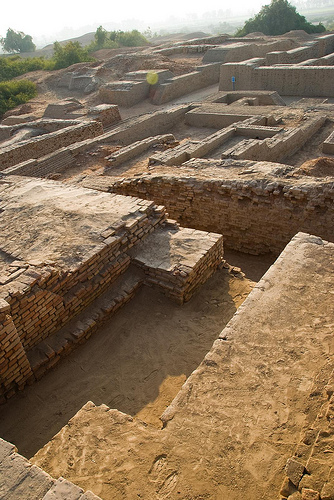Professor of Egyptology at the American University in Cairo Dr Salima Ikram – one of the world’s leading authorities on Egyptian religion – recently chatted to Heritage Key on the subject of the cult of animal worship in ancient Egypt. In another exclusive new video interview, she dons her white coat and takes us to the lab, for a fascinating insight into the practice of animal mummification.
Animals were deeply sacred in ancient Egypt, particularly from the 26th dynasty – around 700 BC – until the end of Egyptian civilization and the advent of Christianity by 400 AD. They were believed to be the living embodiment of gods, so preserving their corpses after death became a matter of the utmost importance. As Dr Ikram explains, Egyptian embalmers would go to painstaking and expensive lengths to mummify everything, from ibis to cows, mice and fish. Cats had particularly high status in Egyptian society, while mummified dogs have been found by the thousands. Even lowly scarab beetles were carefully preserved.
With all the care and attention given to a deceased human, the animal’s internal organs would be removed and natron – a naturally occurring combination of salt and baking soda, found in the Wadi El Natrun – applied to suck all the moisture from the corpse and to deodorize and disinfect it (as much as that was possible). It would then be oiled and wrapped in linen bandages, probably while priests conducted prayer ceremonies.
Dr Ikram – author of books such as Divine Creatures: Animal Mummies in Ancient Egypt and the Non-Human Mummies Catalogue – points out that very little was written or documented by the ancient Egyptians about this process, so the only way she’s been able to come to understand it is through experimental archaeology on the corpses of newly deceased creatures.
In one of the weirder moments we’ve witnessed in a Heritage Key video interview, Dr Ikram (bunny lovers look away now) wields some mummified rabbits, while doing a fine job of keeping a straight face, even when describing a small lab mishap. “The control rabbit actually blew up,” she reveals. “Then it started to dry out, but it didn’t look very nice.”
Bad luck befell her mummified Nile perch too. “I had it on my balcony after it had been wrapped and prepared,” Ikram reveals, “and unfortunately a raptor of some sort – a hawk or an eagle – came down and took it and ate it.” As excuses for losing your homework go, that’s one of the better ones we’ve heard.
MOVIE: How Animal Mummies were made, explained by Dr. Salima Ikram
Click here to view the transcript of this video.
For more great ancient world video interviews, including a chat with Zahi Hawass on new finds in the Valley of the Kings, check out Heritage Key’s Youtube channel.

